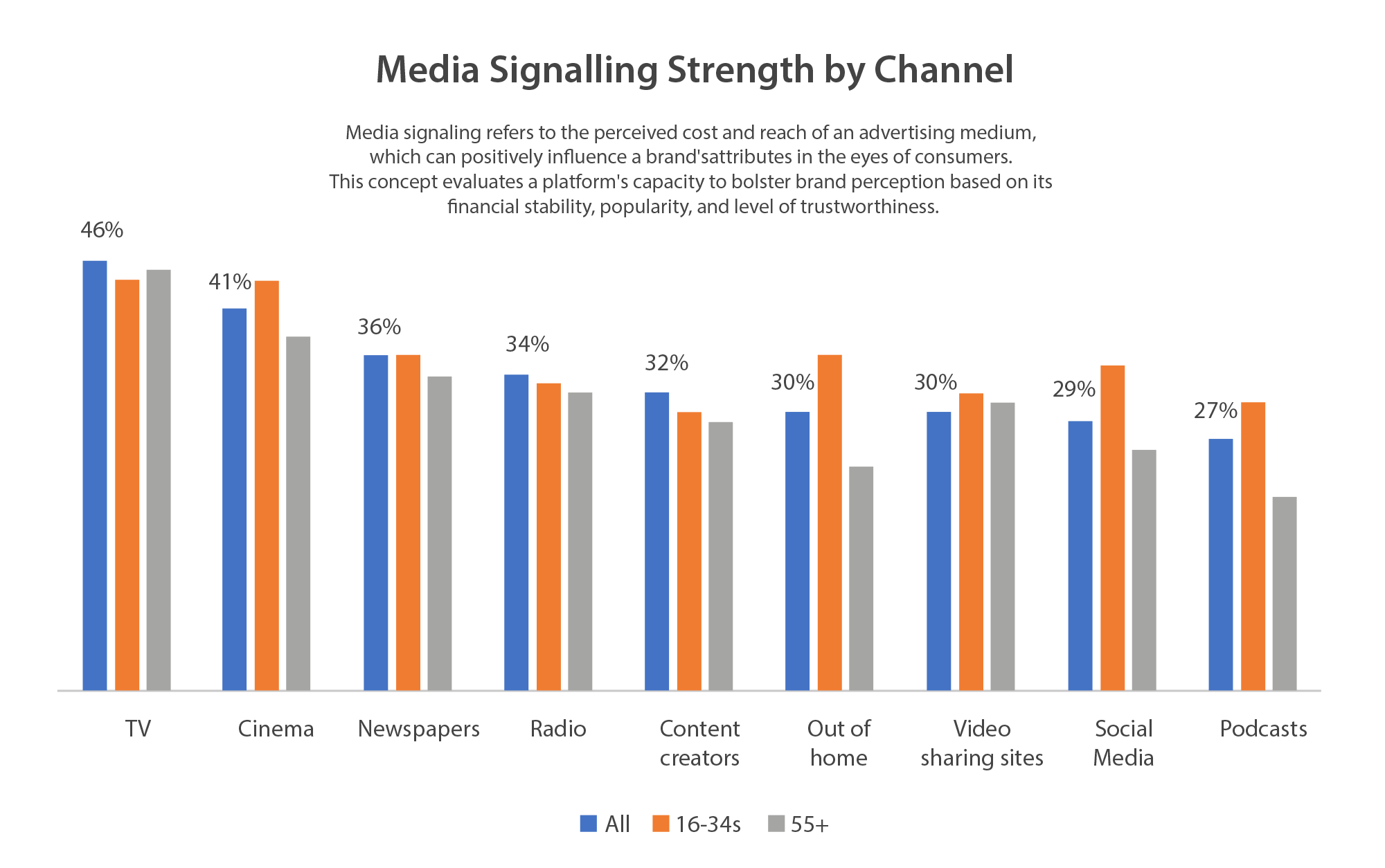According to a report by WARC Media, global advertising spend is poised for significant growth in 2024, potentially doubling compared to previous years and exceeding $1 trillion for the first time. This surge is largely attributed to the widespread adoption of AI in advertising strategies, with major players like Amazon and Google heavily investing in AI-based advertising solutions to drive substantial revenue growth in the future.
Paul Stringer, an expert at WARC, highlights that while AI has proven beneficial for advertising, its rapid expansion raises important questions about the relationship between humans and machines, the influence of tech platforms, and the future landscape of news and entertainment on the internet. Without proper oversight, there is a risk of widespread AI-generated misinformation, which could make brands increasingly wary of advertising due to concerns about brand safety and ad fraud.
Meanwhile, a study conducted by YouGov and reported by the Video Advertising Bureau (VAB) revealed that 86% of respondents feel overwhelmed by excessive ads on webpages, leading them to ignore advertisements. Additionally, 72% stated that annoying or intrusive ad experiences have negatively impacted their perception of a brand, while 66% indicated that such experiences make them less likely to purchase from the brand in the future, emphasizing the importance of delivering non-intrusive advertising content.
In response to these challenges, WARC addressed the issue in their latest study on the media signaling strength of various advertising mediums, which assesses the perceived cost and scale of an advertising channel in enhancing brand attributes. The study shows that Linear TV currently leads in media signaling strength at 46%, closely followed by cinema at 41% in all age group where as cinema leads in signaling strength for the age group 16-34 with 43%. These mediums remain uniquely positioned to deliver high-impact advertising to a mass audience, crucially in a brand-safe environment, and are likely to positively influence consumers’ perceptions of a brand.

While TV currently leads in signaling strength by 5%, it’s noteworthy that with the increasing adoption of attention measurement by brands and agencies to evaluate creative and media quality, cinema is projected to surpass TV in media signaling strength soon. Consumers are increasingly engaging with high-quality, long-form content on premium video platforms, where cinema advertising proves particularly effective in capturing viewer attention for extended periods.
This effectiveness is supported by findings from NCM and Lumen research, indicating that cinema advertising generates longer ‘eyes-on’ viewing compared to other digital and social channels. A recent study by Val Morgan Australia and Amplified Intelligence further reinforces this, stating that cinema delivers a minimum of 49 days of memory encoding from just 10 seconds of an ad, reaching an audience where half are under 40.
In conclusion, brands and agencies are realizing, backed by proper research, that running their ads on brand-safe premium platforms maintains their brand perception as intended, capturing the right audience with minimal wastage.
Sources: WARC, Video Advertising Bureau (VAB), Mi3, YouGov